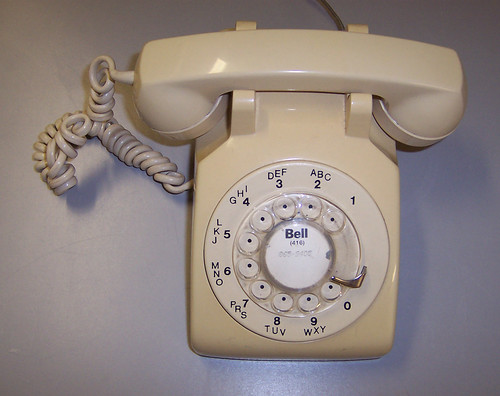
I can tell that a technology has made it to the far reaches of main stream culture when my mother, who is sometimes tech challenged, says "Oh isn't that old news now, isn't everyone doing it". Which is just what she said about Skype when we talked this evening. It is true that
Skype has been around for a while, relative to how fast programs and technology are coming out these days. Skype has been around and lasted long to become it's own verb "I am Skyping with my friends", "We are going to Skype tomorrow". Skype is to video chat, what Ski-Doo is to snow mobile. The possibilities that this tool can offer in classrooms however is still being explored, and chatting with Grandma who lives 100 kilometers away, is just the tip of the iceberg.
Skype in its purest form is simply connecting with others. Making a phone call could garner the same information as a video chat session, but there is something very engaging about being able to see the people you are talking to. Using Skype can allow students to connect with someone that lives hundreds or thousands of miles away with the click of a button. Students can connect with peers in other classes, authors, experts, or classmates who are away on vacation or sick leave. In all honesty of the information students get through Skype conversations could probably be found in books; but asking someone who is an expert can be so much more engaging.
Probably the most obvious subject enhanced by using Skype is social studies. Studying the Arctic? Skype with people who actually live there. Learning about differences and similarities between communities? Share what you know about your city with a school in a rural community hundreds of miles away. Teaching my students the difference between rural and urban, takes on more significance when they know this is something they will be asked by their Skype buddies. There is an eagerness to learn it because they can see a purpose for it. Video-chatting with other classrooms also provides a great platform for discussing physical geography and exploring maps. As my students connect with other classes, suddenly the map on the wall has more relevance. It is not just a 2D picture filled with different colours and place names. They begin to see that it represents real places, where people they have met actually live. There is even a phenomenon that has come about among tech savvy teachers called Mystery Skype, where students receive a Skype call from another person or class in a unknown location. Through clues and questions they try and determine the caller's location.
Mrs. Avery's Classroom Blog has a great example of the variety of skills students use in solving the mystery.
The beauty of Skype is that it can be multipurpose and different kinds of learning are often happening simultaneously. It can be used to find an audience with which students can share their learning, as tool that allows classes in multiple locations to come together and learn, or a way to connect with experts that students can learn from.


